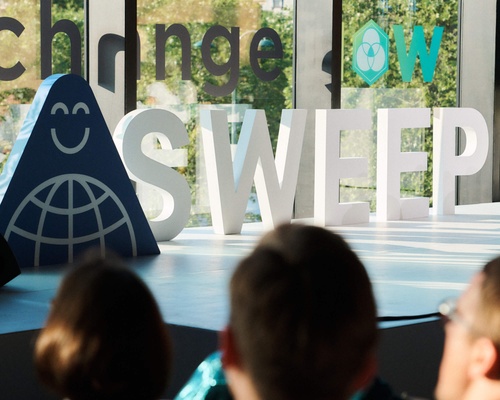Sweep for Supply Chain
Track and act on your supply chain emissions

Meet Sweep for Supply Chain
Get a real-time view of your supply chain emissions. We help you identify emission hotspots and prioritize climate action together with your suppliers.

“Making our measurement tools internal is critical for transparency. Our team uses Sweep to build meaningful collaborations between innovators and changemakers and affect industry-wide change,”

Helen Nwosu
VP of Social Impact

“Sweep helps track our entire supply chain and simulates different materials and processes across all life cycle stages. That’s how we can create the most durable product with the lowest carbon footprint.”

François Regnier
Chief Financial Officer

“Before Sweep, a person with the patience of an angel had to send hundreds of emails and meetings, then manually enter data into spreadsheets. It’s confusing when you have a network of 4,000+ suppliers.”

Res Witschi
Delegate for Sustainable Digitalization
Sweep for Supply Chain helps you make data-driven decisions to effectively reduce your scope 3 emissions
Identify hotspots
Map your value chain and focus on your strategic suppliers. 20% of them are likely responsible for 80% of your scope 3 emissions.
Engage with your suppliers
Automate data collection for purchased goods and services, and send surveys that can help fill in any data gaps.
Share targets
Drive collective and collaborative climate action along your value chain by setting shared climate targets and monitoring progress.
Seamless collaboration
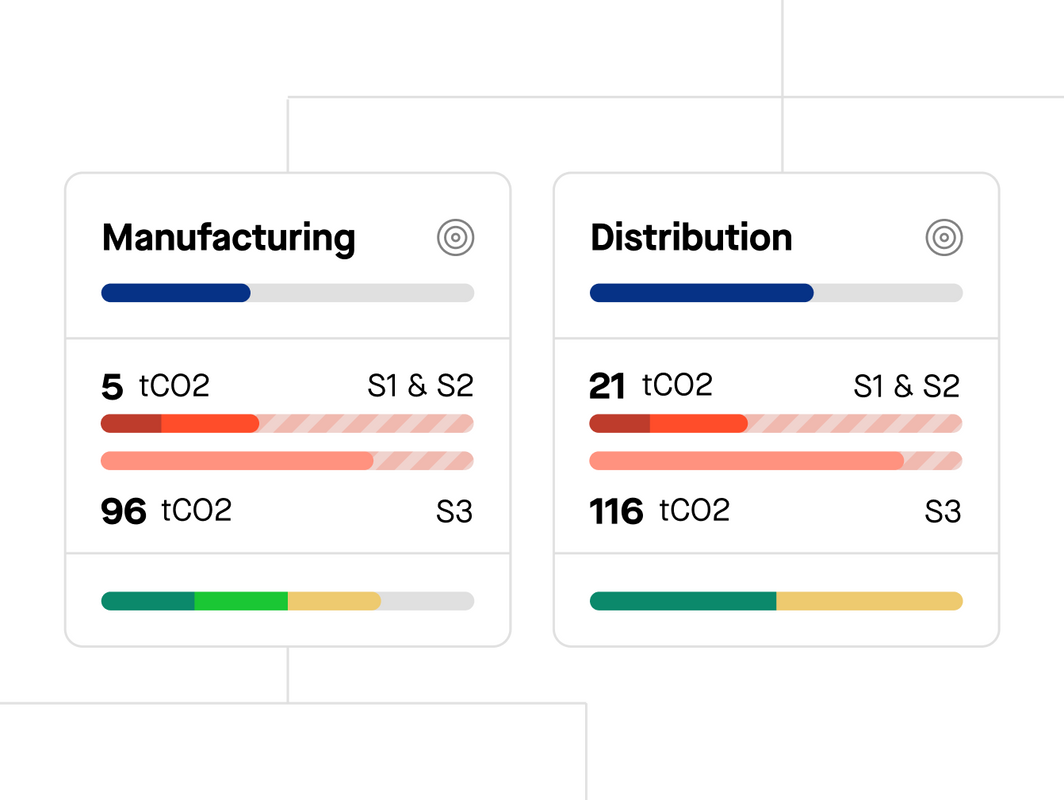
Connect and automate the exchange of emissions data within your supply chain.
Supply chain emissions in one place
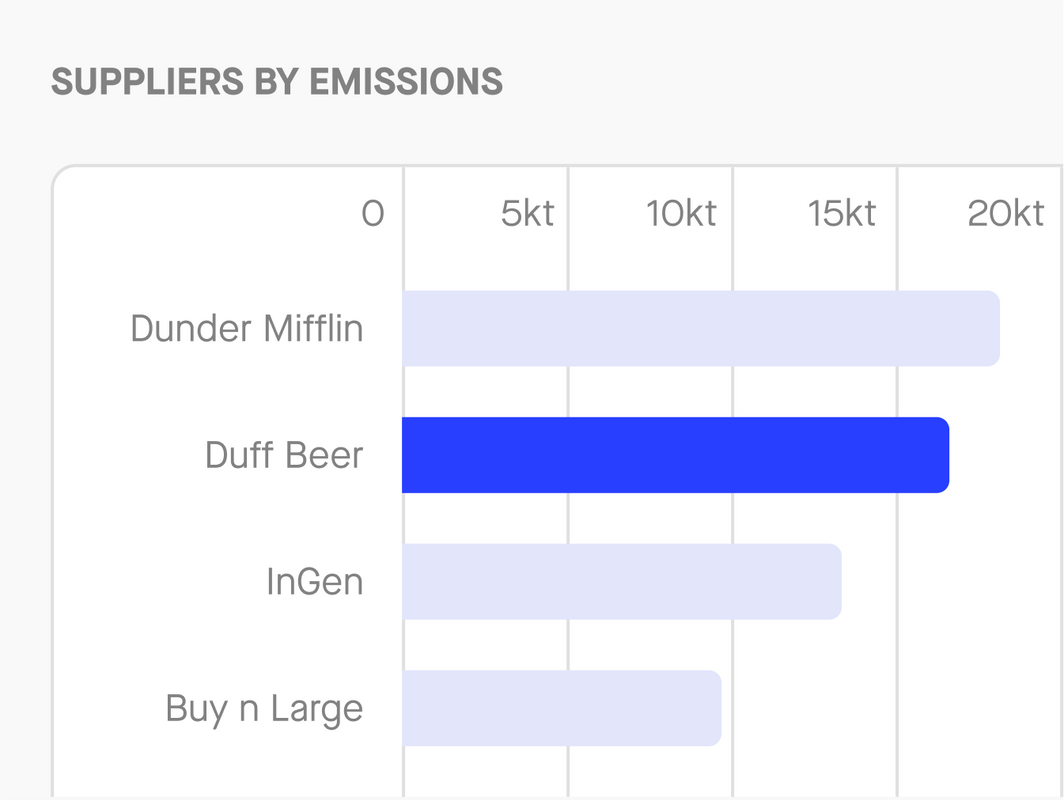
Screen your supply chain and identify emission hotspots.
Real-time supplier engagement
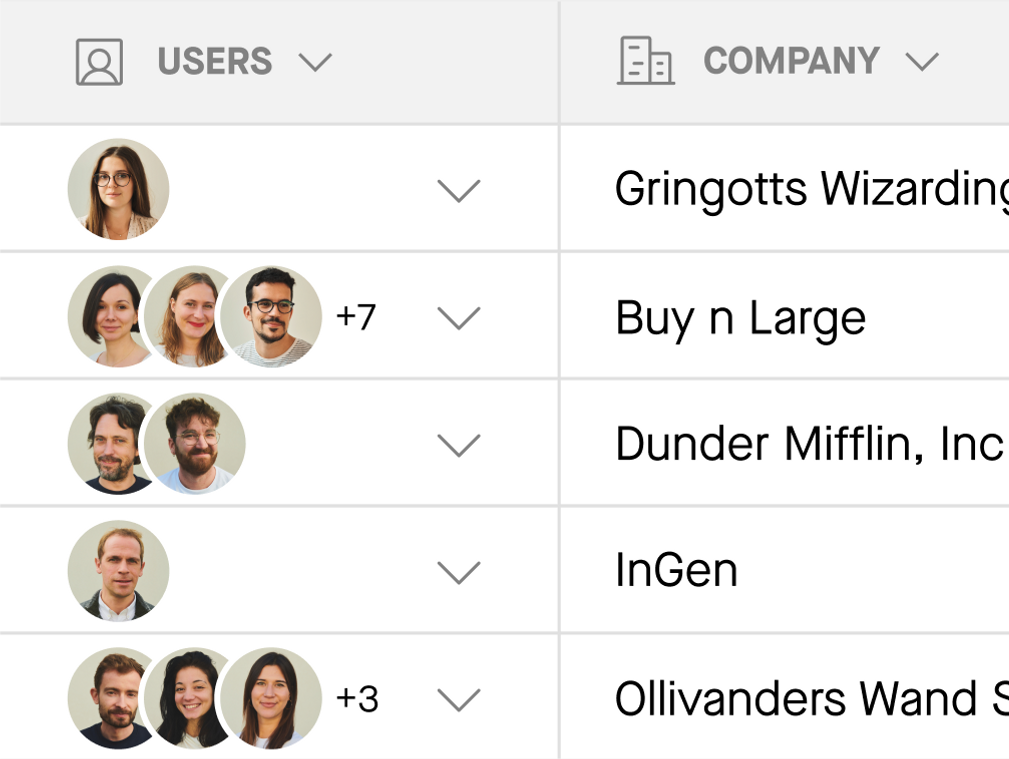
Collaborate with your suppliers, set targets and share reductions initiatives.
Climate-proof purchasing decisions
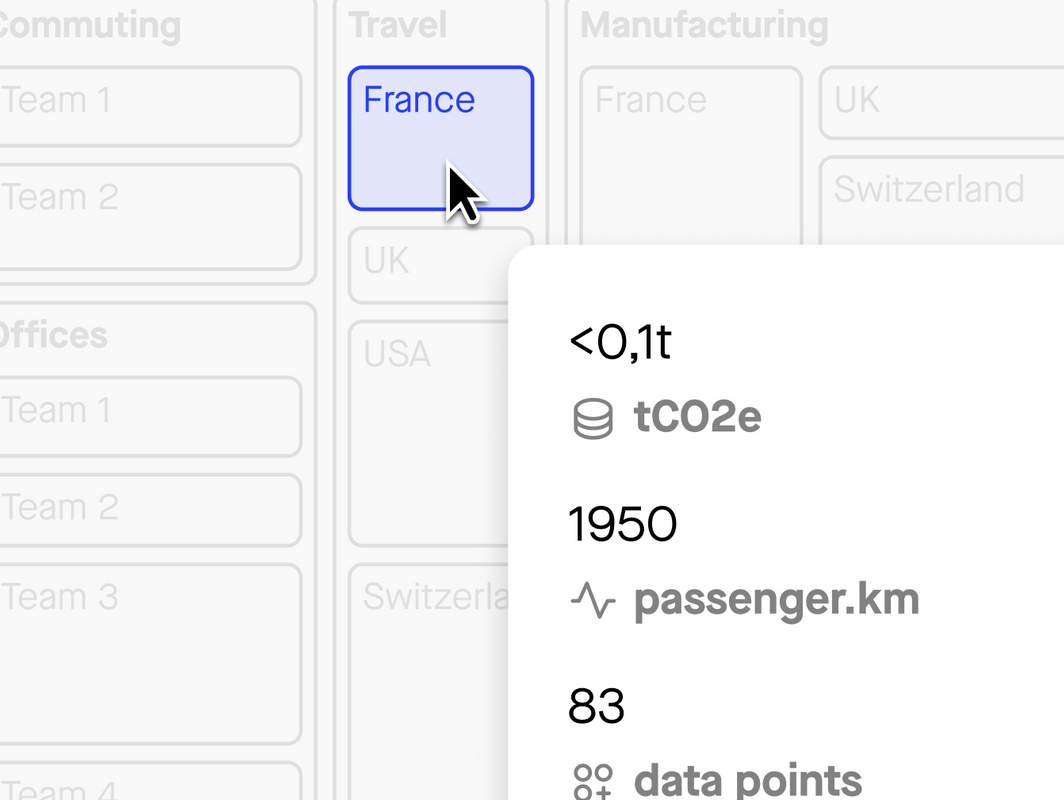
Perform carbon simulations to select the suppliers that align with your reduction trajectory.
Reduced risk
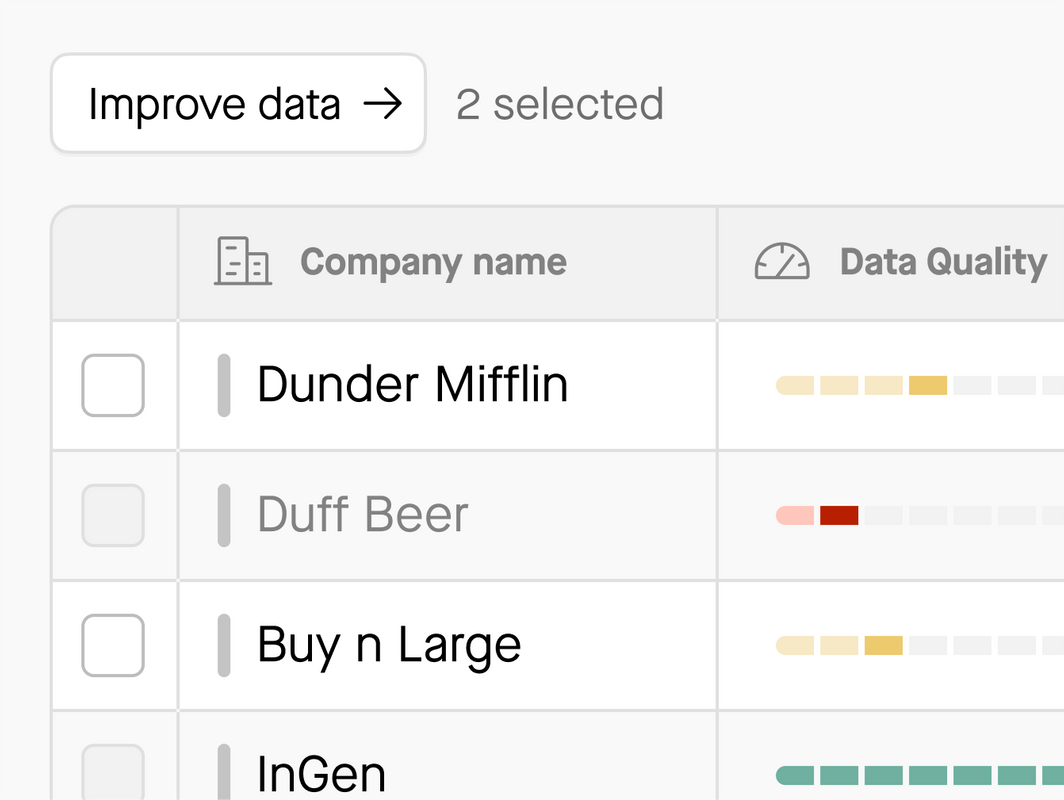
Leverage carbon data to identify risks and optimize your supply chain performance.
Get on-track
Sweep has everything you need to be on-track with your ESG regulatory requirements. We also have a robust platform to support you on your decarbonization journey. See all features on our Platform page.
According to data from the CDP, a company’s value chain emissions are on average 11.4 times greater than those of its own operations. As they form such a significant part of your overall business carbon footprint, it's essential to incorporate them into your carbon management and reporting, and to use them to drive climate action.
Tackling supply chain emissions can also bring you a range of business benefits. Here are just a few.
Smarter procurement decisions – Carbon accounting can help you determine which suppliers are committed to taking action on climate change. This enables you to set joint climate goals.
Cost reduction opportunities – It can help you identify carbon hotspots and introduce plans to improve energy efficiency across your value chain.
Your compliance future-proofed – New legislation is already coming into force in some countries which makes it compulsory to report on your supply chain emissions - and this is likely to become more widespread. If you start taking action now, you’ll increase your regulatory resilience.
Improved reputation - Taking climate action across your entire supply chain will show your partners, clients, and stakeholders that you’re truly committed to sustainability, which will boost your competitive advantage.
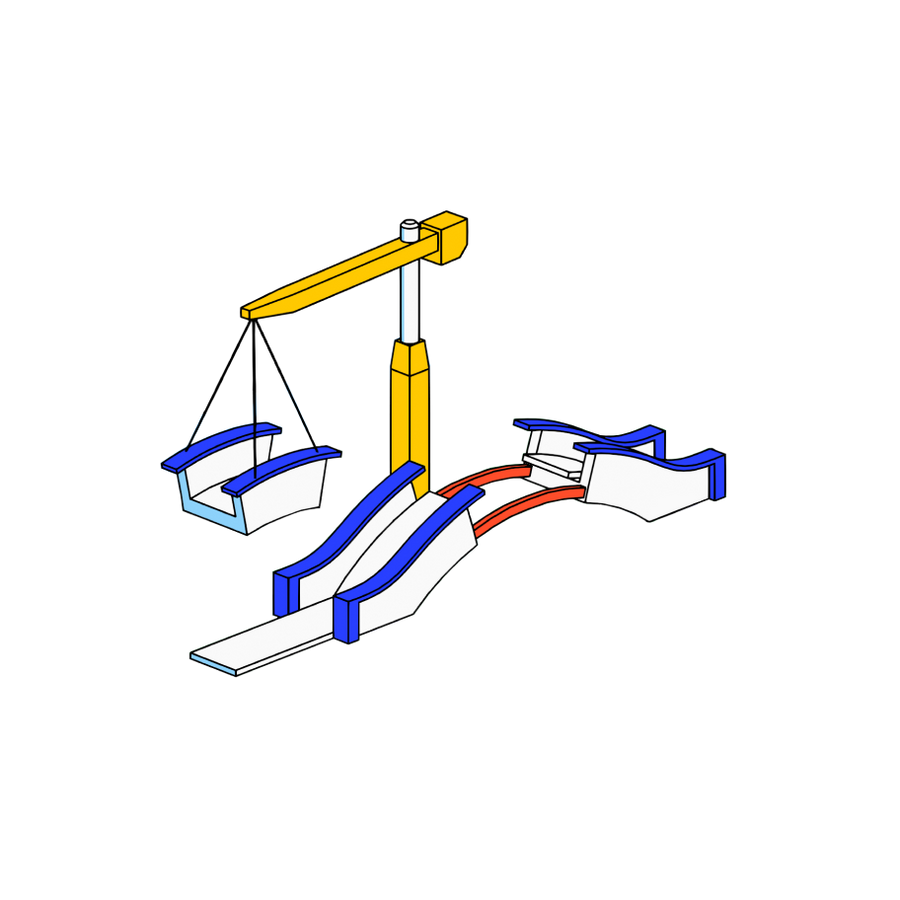
Tackling supply chain emissions is about having a strong dialogue and good governance.
The collective goal should be to make sure your customer-supplier relationships revolve around more than just pricing.
Why? Because when we add a climate-action dimension to this relationship it benefits both sides.
Suppliers: Showing a commitment to climate action is increasingly a prerequisite to winning new business.
Customers: Engaging suppliers in emissions measurement and reduction helps companies improve their reputation, make smarter procurement decisions, and comply with the latest climate regulations.
To find out more about internal and external climate governance, read our white paper.
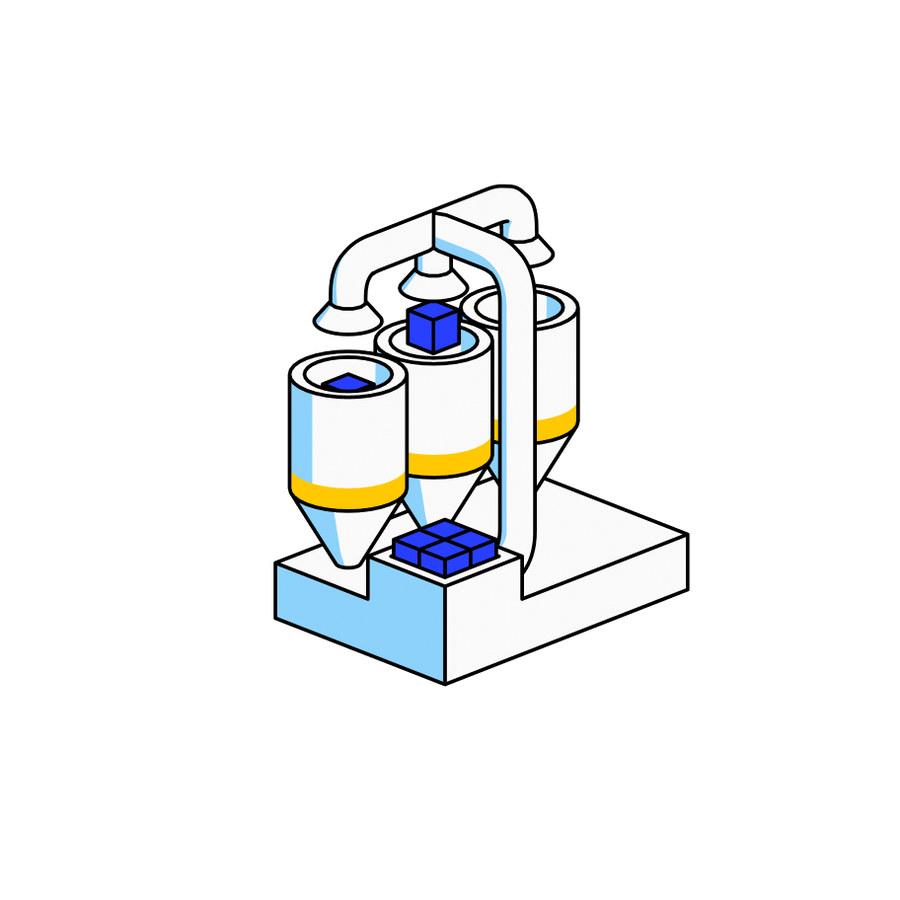
This is a powerful idea borrowed from the financial sector. Financial organizations are increasingly demonstrating their commitment to climate action. To monitor progress and make more informed decisions, they need transparent and comparable metrics.
Regulators and organizations like the Task Force on Climate-related Financial Disclosures (TCFD) are exploring the measurement of financial portfolio temperature as a way for investors to better understand their impact on climate change. The temperature method translates the projected emissions of companies within a given portfolio into a rise in average global temperatures. It can be used to indicate, for example, whether a portfolio is likely to keep global warming to 1.5 degrees, as outlined in the Paris Climate Agreement.
In fact, investment performance is likely to soon be reported not just on returns, but also in terms of temperature.
Why not adopt the same idea for supply chains?

Your company’s Scope 3 emission reports are likely to be requested by a number of stakeholders, including customers, suppliers, investors, and analysts. Reporting is also essential for complying with industry standards. These depend on your region and scope of operations.
Key legislation includes:
The Non-Financial Reporting Directive (NFRD) and the Corporate Sustainability Reporting Directive (CSRD) require companies to report their impacts on the environment, energy use, emissions, water use, and air pollution.
The upcoming EU Sustainability Reporting Standards (ESRS) will apply to large and listed EU companies, and non-EU companies with a turnover in the EU of over €50M.
In France, the Bilan d’Emissions de Gaz à Effet de Serre (BEGES) which applies to companies with over 250 employees and exceeding 10,000 tons of CO2 emissions per year.
In Germany, the Supply Chain Act, which requires companies to demonstrate respect for human rights and the environment in their global supply chains.
In the UK, the TCFD-aligned disclosure regulations, which strongly encourage companies to include Scope 3 in their disclosures but don't mandate it, and the Streamlined Energy and Carbon Reporting (SECR) policy, which requires companies with over 250 employees or £36M revenue to report their energy consumption and emissions from Scope 1 and 2.

Backed by carbon expertise
Sweep is built to comply with leading international accounting standards.



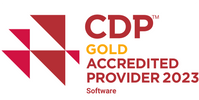
Built for emission data you can trust
💯 Completeness
Help your suppliers measure all their required emissions.
🔐 Data security
We’re SOC2 compliant and ISO 27001 certified. Learn more about security
🔍 Transparency
Keep a clear audit trail, with documents and descriptions for your data stored right in Sweep.
🧭 Accuracy
See where all your supply chain data comes from. And improve it with a scoring system.
🎛️ Consistency
Use consistent methodologies, like the GHG Protocol, for meaningful emission tracking over time.
Our customers are making a difference
Here’s how we’re building a cleaner future together.






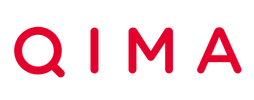







Materials
Explore our materials to learn more about acting on your supply chain emissions

Ready to get your supply chain emissions on-track
Get in touchTrack, report and act
Sweep helps you get your carbon on-track
Sign up to The Cleanup, our monthly climate newsletter


© Sweep 2024



